Hemorrhagic stroke occurs when there is a rupture of a blood vessel in the brain, causing hemorrhage at the site that leads to blood accumulation and, consequently, increased pressure in the region, preventing blood from being able to circulate to that part of the brain.
The decrease in the amount of blood also leads to a reduction in the oxygen supply, which ends up resulting in the death of brain cells, which can lead to permanent sequelae, such as paralysis, difficulty in speaking or changes in thinking, depending on the region of the brain affected.
In the event of a suspected stroke, with symptoms such as loss of strength on one side of the body, difficulty speaking or very severe headache, it is important to ask for medical help as soon as possible, in order to start treatment and prevent the onset of sequelae. Usually, the longer a person has a hemorrhagic stroke without treatment, the greater the risk of sequelae.

Main symptoms
Some of the symptoms that can help to identify a hemorrhagic stroke are:
- Strong headache;
- Nausea and vomiting;
- Difficulty speaking or swallowing;
- Confusion and disorientation;
- Weakness or tingling in the face, arm or leg on only one side of the body;
- Loss of consciousness;
- Dizziness or loss of balance;
- Convulsions.
In the presence of these symptoms, medical assistance should be called immediately. Find out how to start first aid in a stroke situation.
How to confirm the diagnosis
The diagnosis of a hemorrhagic stroke is made through the assessment of symptoms and the performance of a computed tomography, which allows the visualization of cerebral hemorrhage. In addition, this diagnostic method is useful for detecting arteriovenous malformations, aneurysms and tumors, which are risk factors for the occurrence of stroke.
Possible causes
The most common causes of hemorrhagic stroke are:
- Very high and untreated blood pressure, which can lead to the rupture of a cerebral vessel;
- Brain aneurysm;
- Malformations of blood vessels in the brain;
- Incorrect use of anticoagulants or antiplatelet agents.
In addition, although it is rarer, hemorrhagic stroke can also be caused by diseases that hinder blood clotting, such as hemophilia and thrombocythemia, inflammation of the small cerebral vessels, degenerative brain diseases, such as Alzheimer's, use of illicit drugs, such as cocaine and amphetamine, and brain tumor.
Differences between ischemic stroke and hemorrhagic stroke
While hemorrhagic stroke is caused by the rupture of a vessel in the brain, decreasing the amount of blood that is carried to brain cells, ischemic stroke arises when a clot clogs a vessel, interrupting blood circulation from that point.
Although they occur differently, both types of strokes cause similar symptoms. Learn how to differentiate the types of strokes.

How the treatment is done
Treatment should be carried out as soon as possible, in order to avoid permanent sequelae, which initially consists of controlling bleeding and relieving pressure on the brain, as well as administering drugs to control blood pressure.
If the bleeding is controlled with the initial relief measures, the person only needs to be monitored and, later, to undergo physical therapy sessions. However, if the bleeding is uncontrolled, it may be necessary to resort to surgery to repair the blood vessel and stop the bleeding.
How to prevent
Some measures can be taken to prevent the occurrence of strokes, such as controlling blood pressure, in order to avoid spikes, avoid the consumption of alcohol, cigarettes and drugs, and make rational use of medications, especially anticoagulants that, if taken incorrectly , may increase the risk of developing a stroke.
Was this information helpful?
Yes No
Your opinion is important! Write here how we can improve our text:
Any questions? Click here to be answered.
Email in which you want to receive a reply:
Check the confirmation email we sent you.
Your name:
Reason for visit:
--- Choose your reason --- DiseaseLive betterHelp another personGain knowledge
Are you a health professional?
NoMedicalPharmaceuticalsNurseNutritionistBiomedicalPhysiotherapistBeauticianOther
Bibliography
- AMERICAN STROKE ASSOCIATION. Hemorrhagic Stroke (Bleeds). Available in: . Accessed on 21 May 2020
- MINISTRY OF HEALTH. Manual of Stroke Care Routines. 2013. Available at:. Accessed on 17 Feb 2020
- PORTUGUESE CARDIOLOGY FOUNDATION. Stroke. 2014. Available at:. Accessed on 17 Feb 2020
- INEM. Medical emergencies. 2012. Available at:. Accessed on 17 Feb 2020
- OLIVEIRA, Roberto de Magalhães Carneiro et. al .. Stroke. Rev Bras Hipertens. Vol. 8. 3. ed; 2001

-o-que--e-como--feito-o-tratamento.jpg)
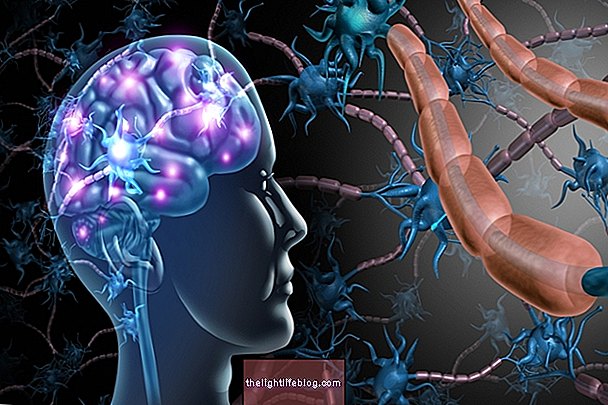








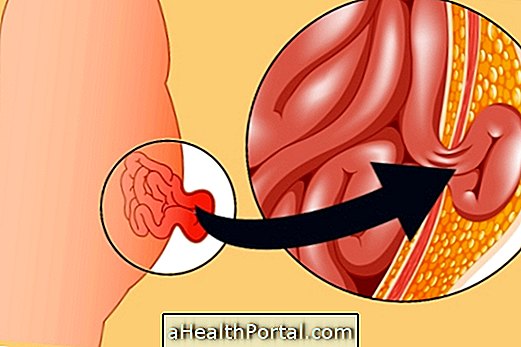
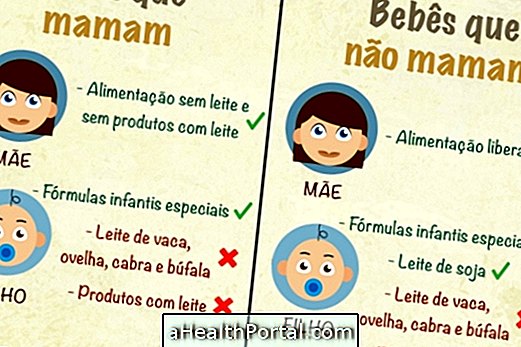

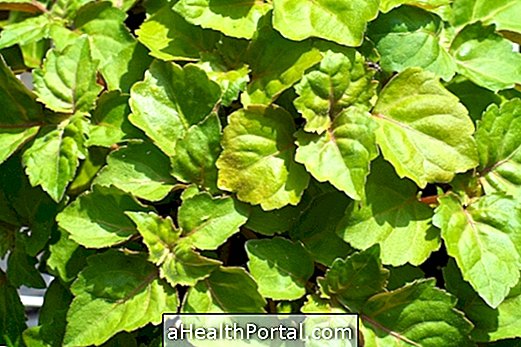



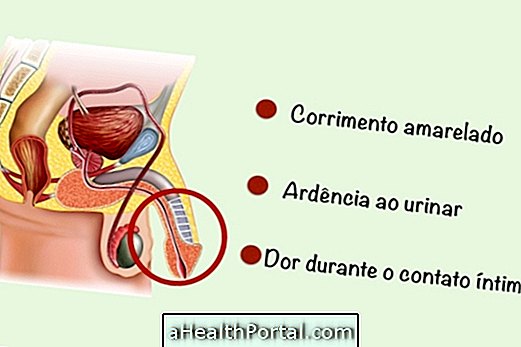
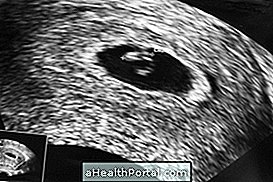
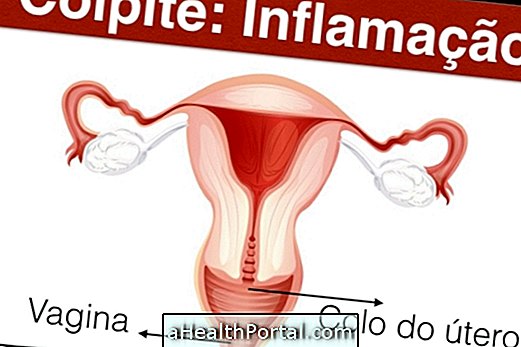
.png)